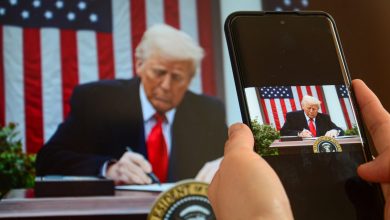Trump’s Social Security Upgrade Ends Paper Checks On Sept. 30. What Seniors Must Do Now – Financial Freedom Countdown
Starting September 30, 2025, the Trump administration will end the use of paper checks for Social Security benefits, completing the Social Security Transition to Electronic Payments.
While more than 99% of seniors are already set up electronically, a small group still receiving paper checks must act now to avoid payment delays.
Beneficiaries who haven’t switched yet will need to enroll in direct deposit or request a Direct Express card to keep their monthly benefits arriving on time.
This change is part of a broader government effort to reduce fraud, improve efficiency, and save taxpayer dollars.
Who’s Affected by This Change?

While over 99% of Social Security beneficiaries already receive electronic payments, roughly 500,000 seniors; mostly older, rural, or unbanked individuals still rely on traditional paper checks.
These Americans must switch to direct deposit or a Direct Express debit card before the deadline.
Why the Shift? Fraud, Costs, and Efficiency
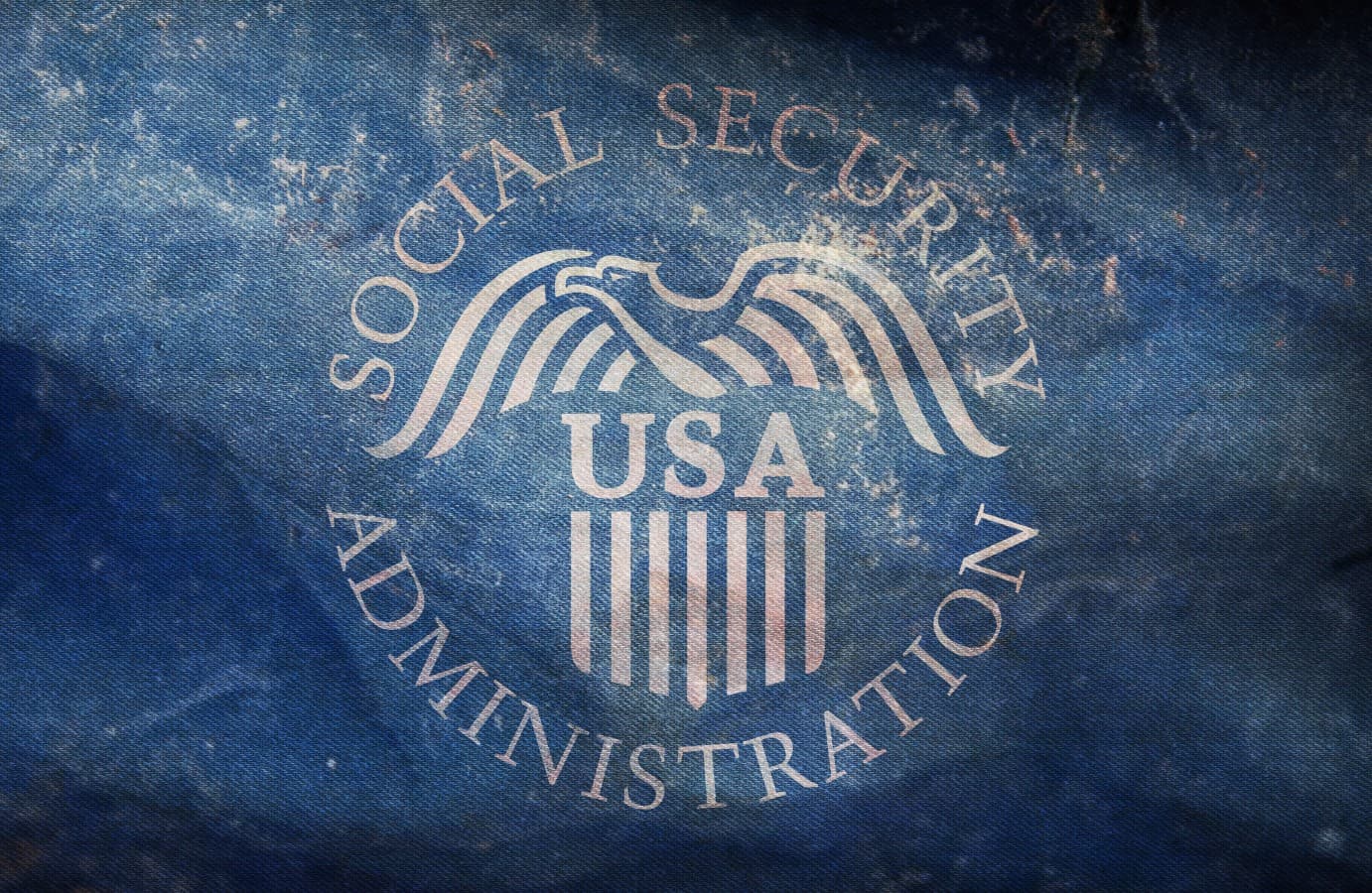
The Trump administration cites multiple reasons for the shift:
Security: Paper checks are 16x more likely to be lost or stolen.
Cost: Paper checks cost ~50¢ each, while electronic transfers cost ~15¢.
Speed: Electronic payments arrive faster and more reliably than snail mail.
Trump’s Executive Order: A Push Toward Modernization

This change stems from a Trump-era executive order to fully digitize federal payments, including Social Security, tax refunds, and vendor transactions.
The goal: eliminate outdated payment systems vulnerable to fraud and delays.
Your Options: Direct Deposit or Prepaid Debit

If you’re still receiving paper checks, here are your two main choices:
Direct Deposit: Link your payments to a checking or savings account.
Direct Express Card: A prepaid debit card issued by the U.S. Treasury, available to those without bank accounts.
You can enroll or update your payment method by visiting www.ssa.gov/deposit.
Will Exceptions Be Made? Yes, But Only in Rare Cases

Despite the federal mandate, some seniors may still qualify for paper checks.
According to Sen. Elizabeth Warren, SSA Commissioner Frank Bisignano promised that “no one will be left behind.”
Exceptions include:
– Seniors aged 90 or older
– Those with mental impairments
– People living in remote areas lacking the infrastructure to support electronic financial transactions
How to Request a Waiver (If You Qualify)
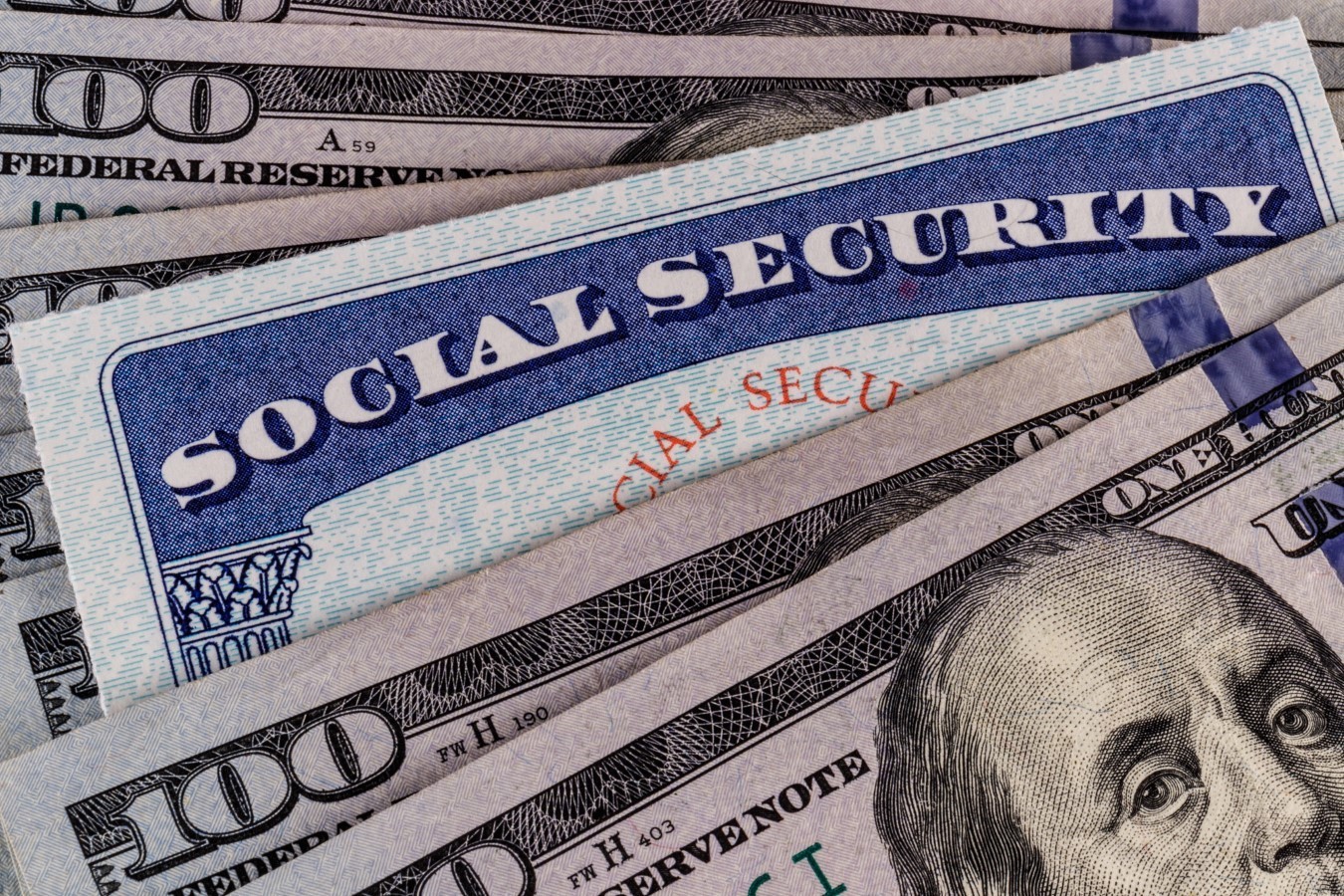
If you meet one of the rare exemption criteria, you can:
Call the U.S. Treasury Waiver Line: 1-855-290-1545
Or print and mail the waiver form available at the GoDirect site
Be prepared to explain your circumstances and provide supporting documentation.
What If I Do Nothing?

If you fail to switch by September 30 and don’t qualify for a waiver, your Social Security payments may be delayed or disrupted.
The SSA is urging affected beneficiaries to act now to avoid missing future payments.
SSA has sent out letters, inserts, and making calls to help affected seniors transition smoothly.
Their staff is trained to walk people through the switch and answer questions by phone or in person at local offices.
Act Now to Secure Your Benefits
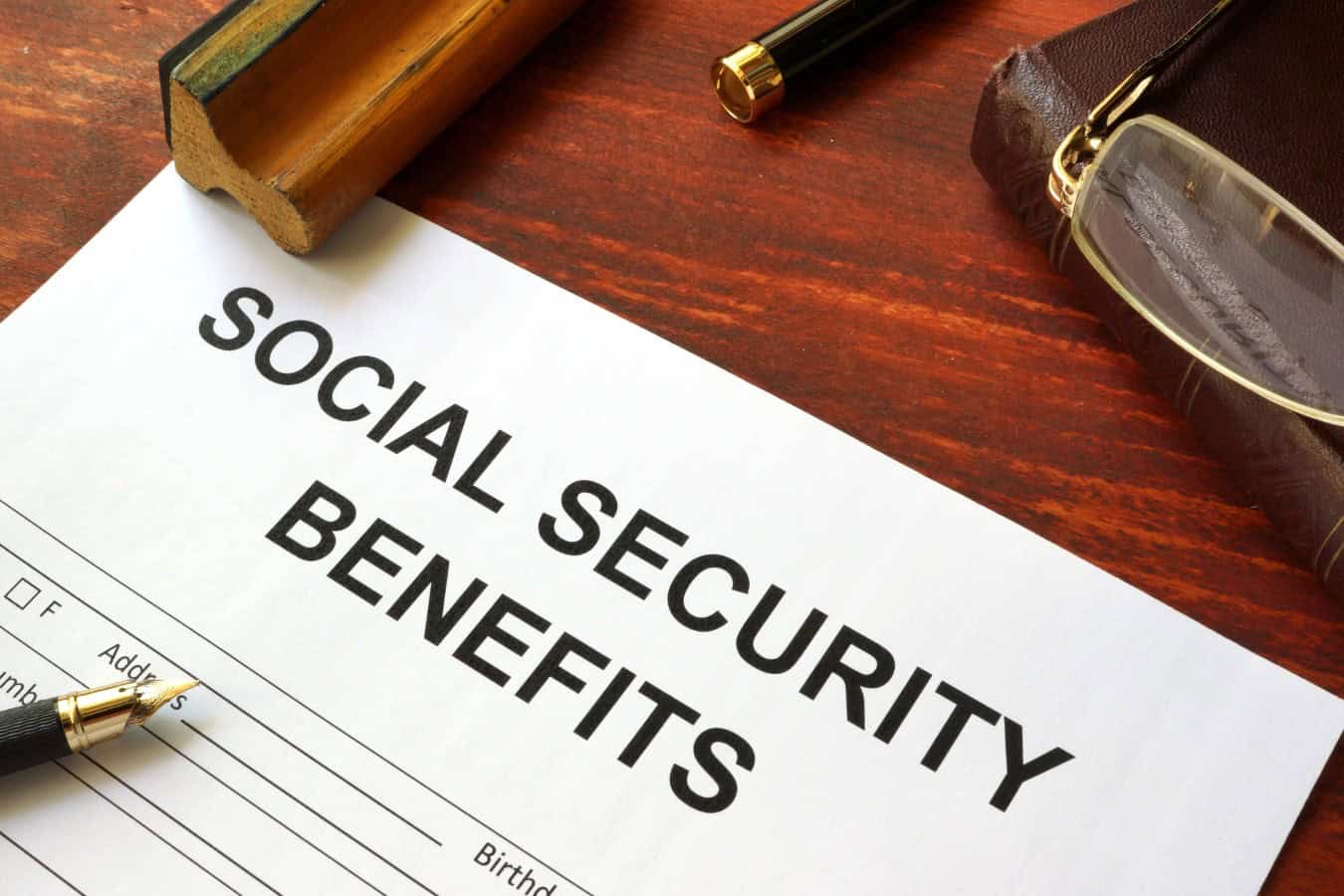
If you or a loved one still receives Social Security by paper check, don’t wait.
The deadline is here as per the SSA, and while the majority of Americans are already covered, this change could mean missed checks if ignored.
The Social Security Transition to Electronic Payments is not about cutting benefits; it’s about protecting seniors’ monthly checks from fraud, theft, and mail delays.
With Trump’s modernization push, the program is entering a new era where payments are more reliable, efficient, and secure.
Seniors who haven’t switched yet should consider doing so and help is available every step of the way.
Like Financial Freedom Countdown content? Be sure to follow us!
Congress May Auto-Enroll You in Medicare Advantage for 3 Years; Without Asking First
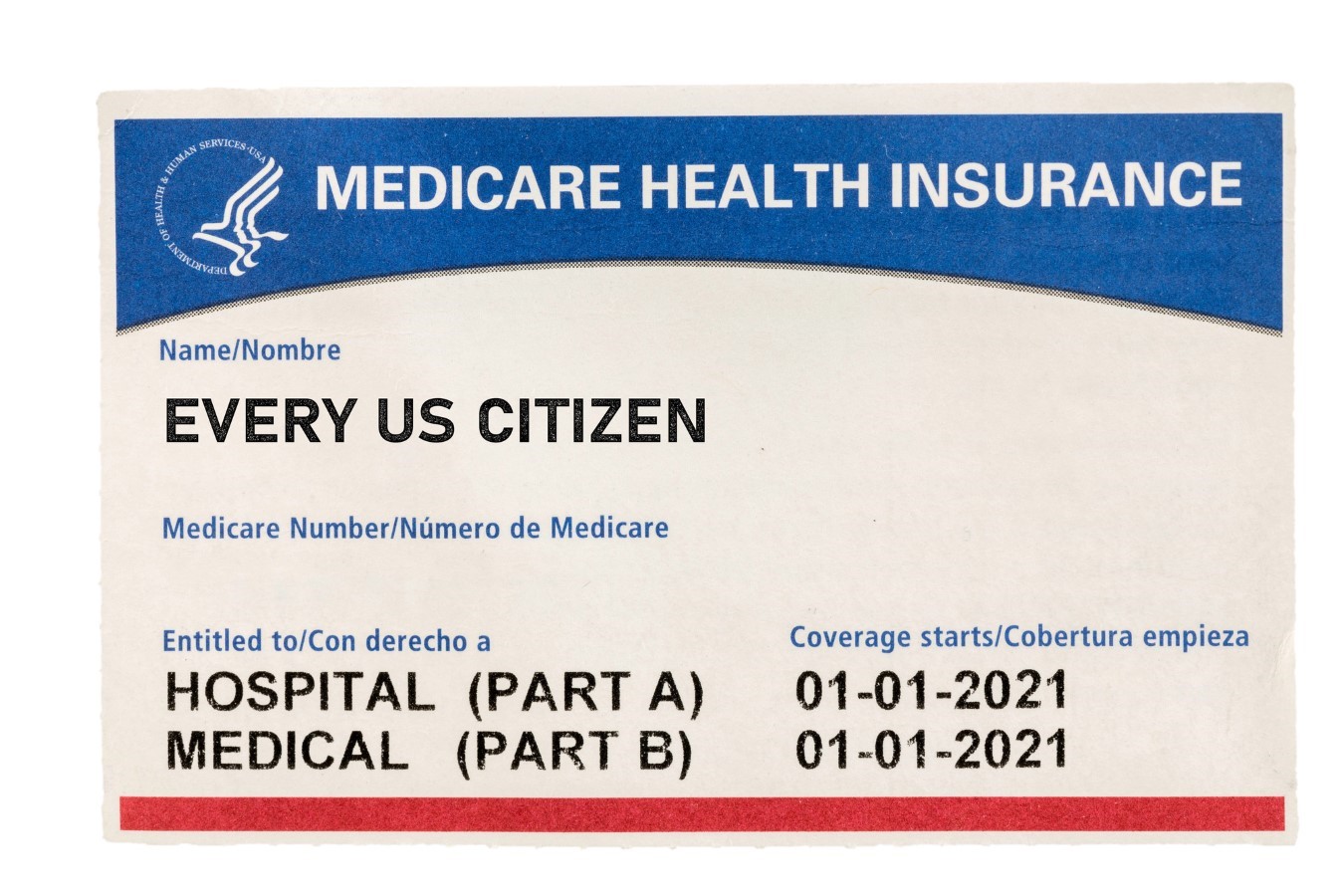
A new bill in Congress; H.R. 3467, could dramatically change how older adults enroll in Medicare starting in 2028. The legislation, sponsored by Rep. David Schweikert (R-AZ), would automatically place all eligible individuals into the lowest-cost Medicare Advantage plan in their area unless they actively opt out. This means millions of seniors could be enrolled into a health plan they didn’t choose, with networks, drug coverage, and out-of-pocket costs they may not understand until it’s too late.
Congress May Auto-Enroll You in Medicare Advantage for 3 Years; Without Asking First
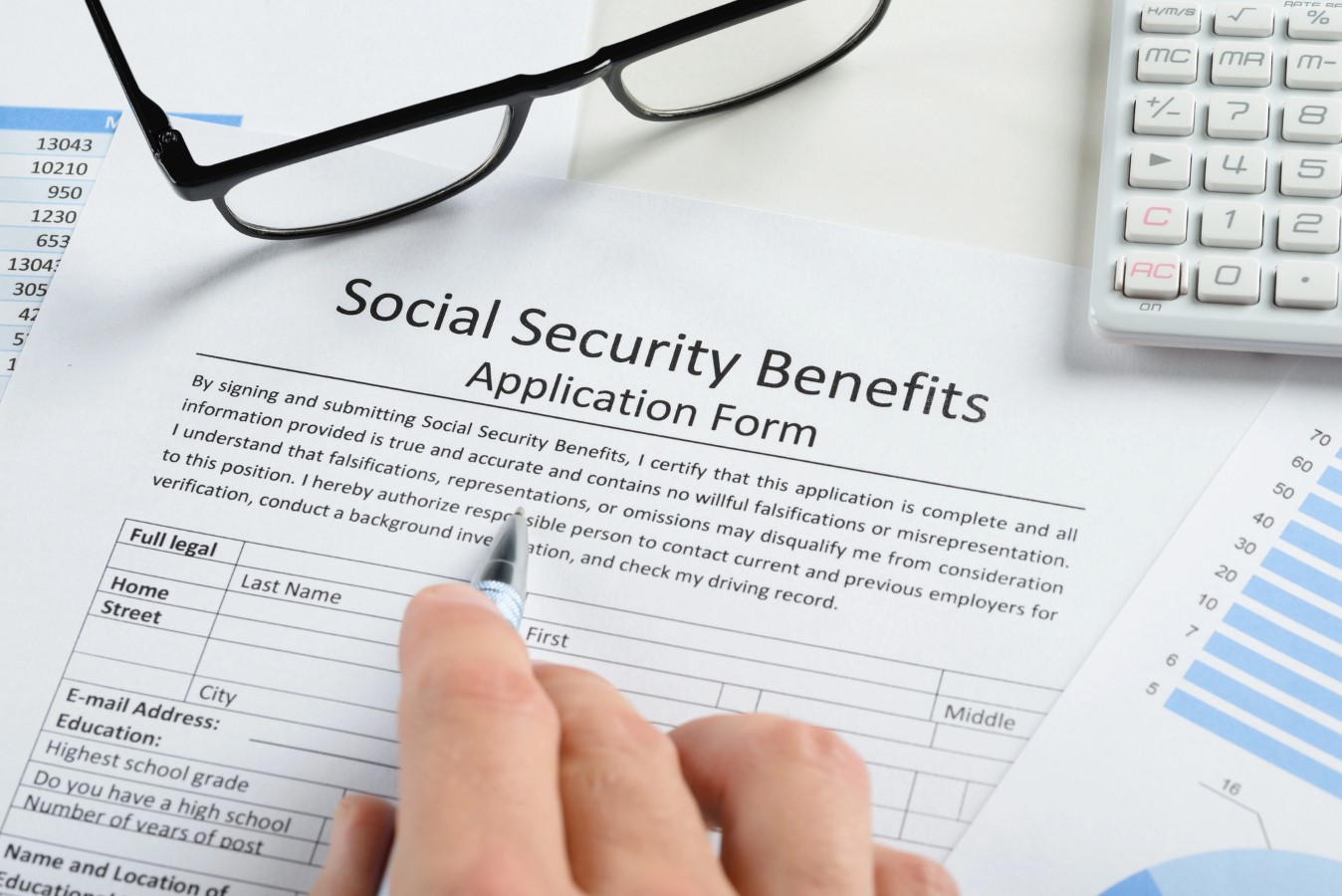
Social Security beneficiaries are projected to receive a 2.6% Cost-of-Living Adjustment (COLA) in 2026, according to estimates based on the latest inflation data released by the Bureau of Labor Statistics on July 15, 2025. The adjustment, which determines how much monthly benefits increase to keep pace with inflation, is calculated using the Consumer Price Index for Urban Wage Earners and Clerical Workers (CPI-W). While this projected bump is slightly higher than the previous month’s estimate of 2.5%, it still falls short of covering rising living costs for many seniors.
Social Security’s 2.6% Projected COLA in 2026 Could Be Wiped Out by Rising Medicare Costs
New Mortgage Rule Lets Renters Use Payments to Qualify for a Home. Trump-Appointed Housing Chief Says It Could ‘Unlock the American Dream’

A major shift in mortgage lending just arrived; and it could open the door to homeownership for millions of Americans. Under a new order from Federal Housing Finance Agency Director Bill Pulte, rent payments will now help Americans qualify for a mortgage. It’s a populist policy change aimed at rewarding financial discipline, restoring fairness to the credit system, and expanding access to the American Dream.
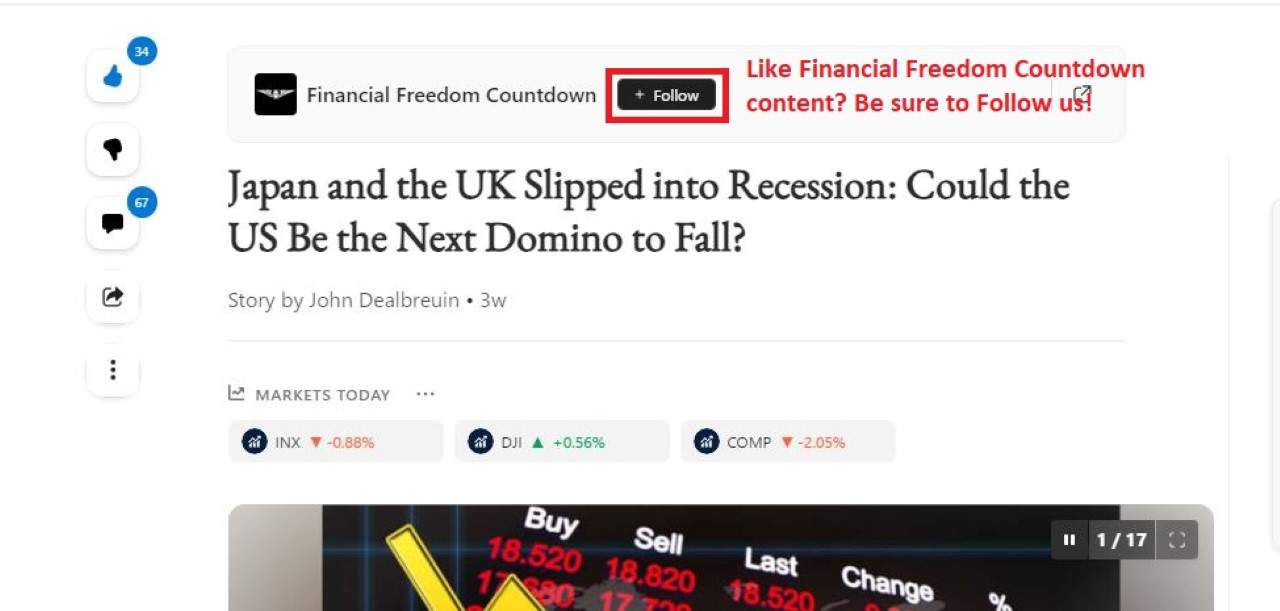
Did you find this article helpful? We’d love to hear your thoughts! Leave a comment with the box on the left-hand side of the screen and share your thoughts.
Also, do you want to stay up-to-date on our latest content?
1. Follow us by clicking the [+ Follow] button above,
2. Give the article a Thumbs Up on the top-left side of the screen.
3. And lastly, if you think this information would benefit your friends and family, don’t hesitate to share it with them!

John Dealbreuin came from a third world country to the US with only $1,000 not knowing anyone; guided by an immigrant dream. In 12 years, he achieved his retirement number.
He started Financial Freedom Countdown to help everyone think differently about their financial challenges and live their best lives. John resides in the San Francisco Bay Area enjoying nature trails and weight training.
Here are his recommended tools
Personal Capital: This is a free tool John uses to track his net worth on a regular basis and as a retirement planner. It also alerts him wrt hidden fees and has a budget tracker included.
Platforms like Yieldstreet provide investment options in art, legal, real estate, structured notes, venture capital, etc. They also have fixed-income portfolios spread across multiple asset classes with a single investment with low minimums of $10,000.
